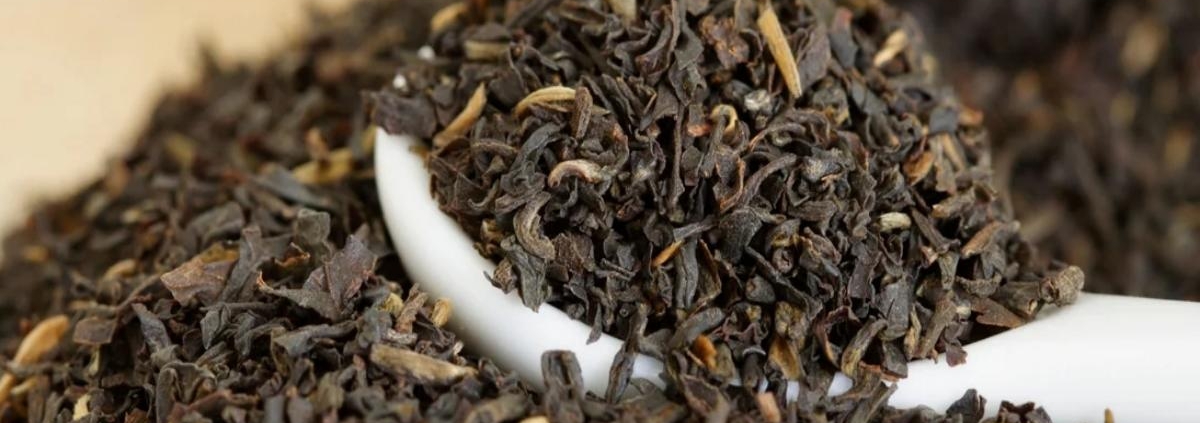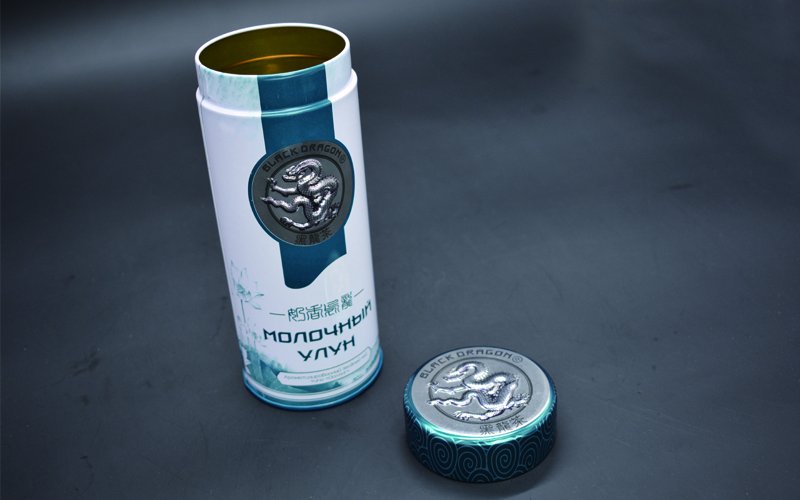What is the ideal tea tin size for a 500g bulk order?
Choosing the ideal tin can size for 500g of loose tea leaves is a balance between freshness and convenience. The most common choice in our past cooperation cases is a tea tin with a diameter of 120mm and a height of 180mm, which can hold approximately 500g of loose leaf tea. It can fit tightly without too much headspace. Of course, we also need to consider material thickness and internal coating to protect the tea aroma and prevent moisture from penetrating. When customising, we will combine volume calculations and market preferences to select the ideal tin size, ensuring that the bulk tea tin meets the requirements of logistics, shelf appeal, and freshness.
Calculating the internal volume of the tea tin
You first calculate the accurate tea tin size based on the internal volume, which you determine by the bulk density of the tea leaves. Generally speaking, the bulk density of black tea is usually 0.3 g/cm³, while the bulk density of green tea is 0.2-0.25 g/cm³. You should note that compression during filling will reduce the actual volume of the material. We will measure the sample leaf volume and leave a 10% headspace to prevent breakage. Therefore, a 1-liter tea tin can hold approximately 500 grams of black tea at a concentration of 0.45 g/mL after the tea has settled.
Additionally, cylindrical tea tins minimise surface area and improve sealing. By determining the tea tin size based on empirical density data and headspace requirements, you can create a package that maintains the integrity and aroma of the leaves in the bulk tea tin. For increased accuracy, you should also consider loose-fill and package-fill methods and allow a small tolerance margin for operator differences during production.
Optimizing Tea Tin Shape and Wall Thickness
Shape and wall thickness affect the capacity and protective properties of the tea tin. Cylindrical tea tins are most common. Their wall strength is uniform, and storage is efficient. Therefore, 0.25 mm tinplate jar walls can strike a balance between durability and weight. Additionally, we utilise food-grade tinplate with an epoxy coating on the inside to prevent flavour migration. At the same time, you consider a slight tilt of 2–3° to allow for easy stacking and de-nesting in automated production lines. The 120mm x 180mm cylinder uses less material than a square tin of the same volume, reducing costs. By optimizing the tin geometry and specifications, your loose tea tin can maximize the capacity of a 500g order and the structural integrity during shipping and display.
Lid design that preserves aroma
The airtight lid keeps the tea leaves in your 500g tea tin fresh and intact. First, we crimp a tight friction-fit lid to compress the silicone gasket.Thus, the ingress of oxygen and moisture is minimized. At the same time, we test and use a screw-on lid with an integrated seal that has an oxygen transmission rate of less than 1 ppm over 30 days. Additionally, a tamper-evident band is used to prevent spillage during shipping. By choosing a sturdy lid design for your tea tin, you can ensure that your loose tea remains protected from spoilage and odour throughout its entire shelf life, covering a full 500 g of loose leaves. Additionally, we’ll add a second liner or vacuum seal option to extend the shelf life of premium blends, providing an extra assurance of freshness that discerning consumers appreciate.
Labeling and Consumer Handling Features
Adequate labeling and ergonomic features enhance the usability of your 500g tea tin. In addition to the internal capacity marking, incorporate an external label area to display origin, batch, and steeping instructions. For example, I designed an 80mm x 100mm recessed label panel on the tin to accommodate standard printer paper. Additionally, a finger grip groove is embossed near the lid to aid opening, especially for older consumers. By combining functional labeling and handling features, your loose tea tin is not only a protective container but also a user-friendly package that promotes brand interaction.
Logistics and Shelf Space Considerations
Practical logistics and shelf space optimization will influence your choice of tea tin. We design tea tins to stack stably and incorporate a flat, reinforced base. At the same time, ensure that the diameter of the tin is consistent with the standard retail shelf width of 330 mm, which can accommodate six tins per layer. Additionally, factor palletizing: 72 jars per pallet layer, eight layers per pallet, maximizes warehouse density. Again, evaluate the footprint of your SKUs based on your warehouse situation to accommodate multiple flavors and seasonal promotions. By aligning jar sizes with supply chain and retail parameters, your bulk tea tins can achieve cost-effective distribution and a visually appealing store presence.
Perfect for storing tea tins of different gram weights
Precise volume calculations, optimal shape and wall thickness, sealing lid design, ergonomic labeling, and logistics compatibility are considered when customizing tea tins for 500 grams of bulk tea. Typically, we use cylindrical jars with a diameter of 120 mm and a height of 180 mm, a wall thickness of 0.25 mm, and a lid sealed with a gasket to meet capacity, protection, and handling needs.








 Facebook
Facebook Twitter
Twitter Linkedin
Linkedin